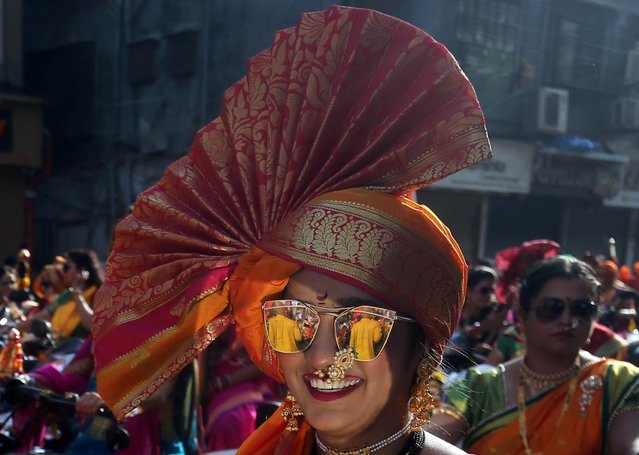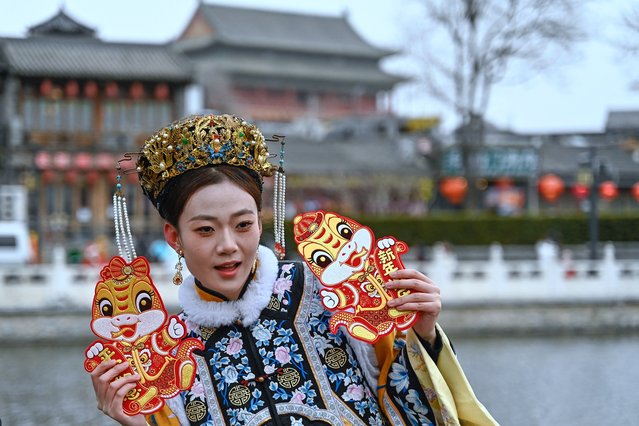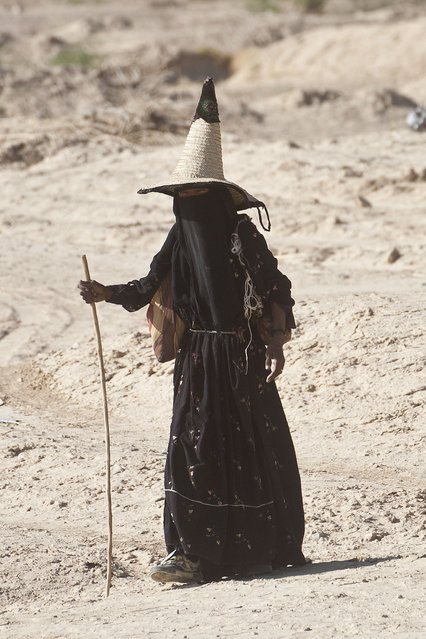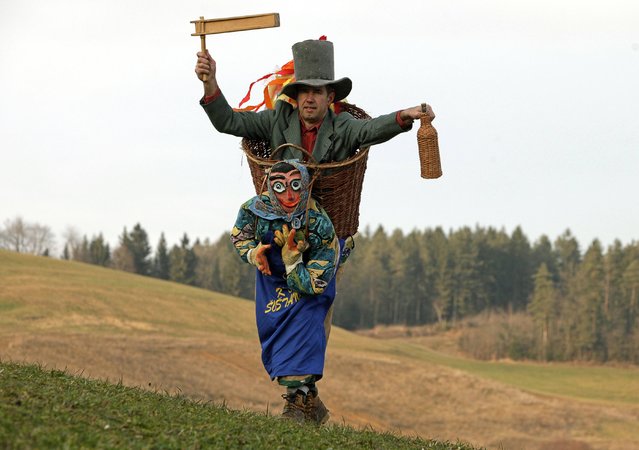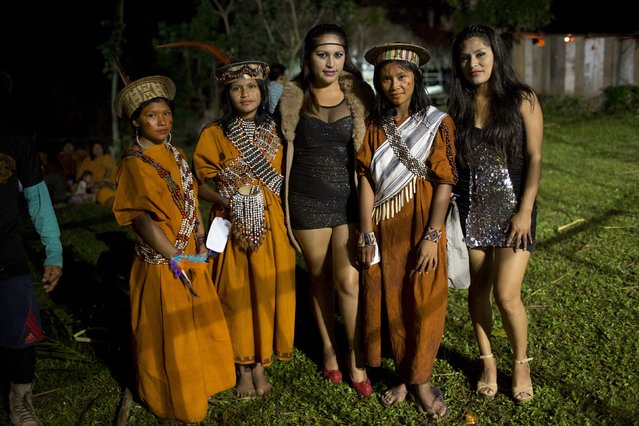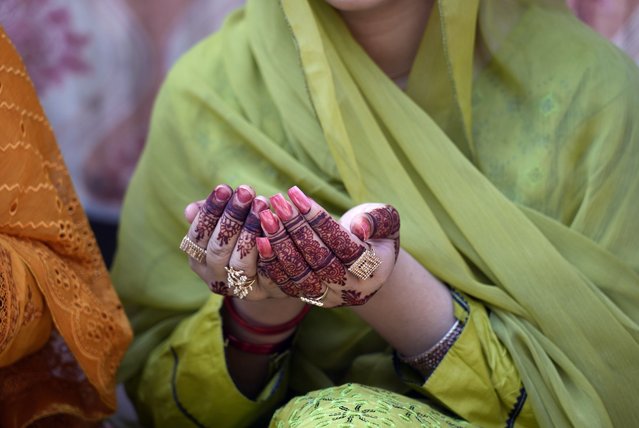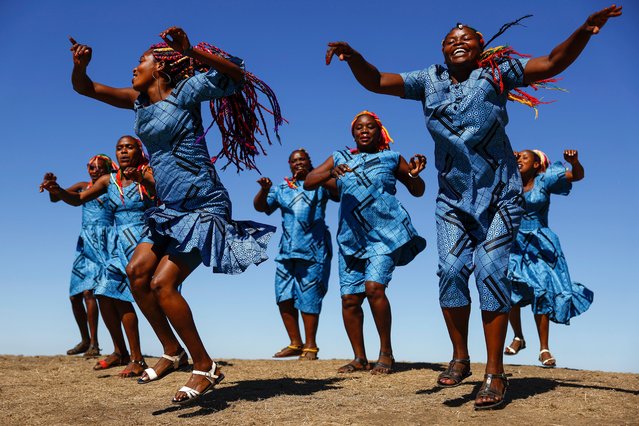
Rwandan woman drummers perform during the photocall for “The Book of Life” at the Edinburgh International Festival on August 11, 2022 in Edinburgh, Scotland.The Women Drummers of Rwanda,have broken with tradition to empower women to take part in a exhilarating and liberating of musical art-form. (Photo by Jeff J. Mitchell/Getty Images)
13 Aug 2022 05:26:00,post received
0 comments

